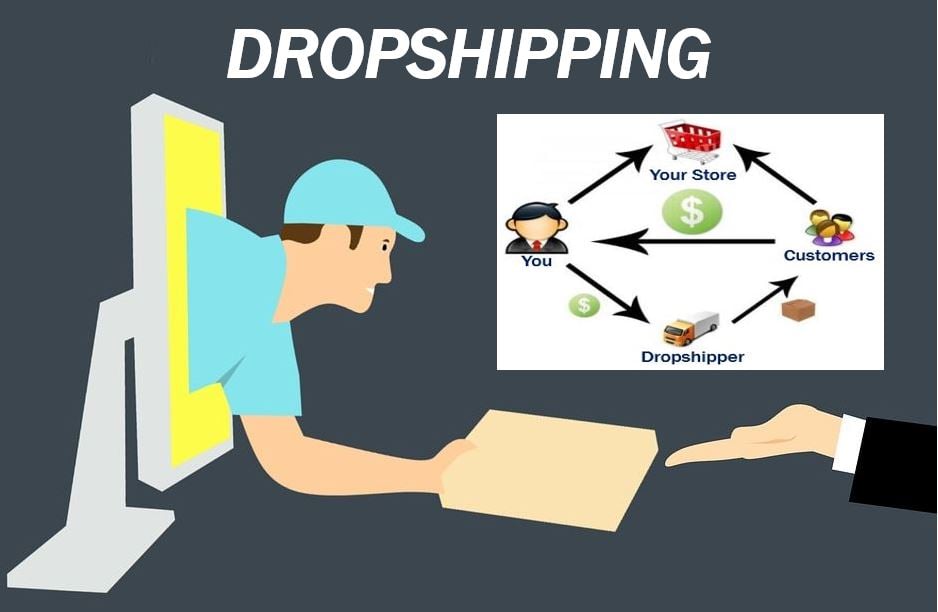The digital age has changed the way we acquire goods and services, with e-commerce sitting at the forefront of this revolution.
In this in-depth analysis, we will explore the advancement of e-commerce, its existing state, and the interesting future that lies ahead.
E-Commerce Soaring to New Heights
E-commerce, or electronic commerce, describes the trading of items or services utilizing the internet, and the transfer of cash and data to carry out these transactions. Given that its creation in the early 1990s, e-commerce has actually drastically developed, moving the retail landscape and consumer habits in extensive methods.
In the past, e-commerce was a simple supplement to the conventional brick-and-mortar shopping experience. However, with developments in innovation and modifications in consumer choices, it has actually escalated to become a dominant force in the retail industry. Great post to read of online shopping, integrated with the proliferation of smart devices and high-speed web, has actually made e-commerce not just an alternative, but frequently the favored approach of searching for countless customers worldwide.
E-Commerce Landscape: A Present-Day Analysis
Today, e-commerce is more than simply an online deal. It encompasses a huge community that consists of marketing, logistics, payment processing, and customer care. The existing state of e-commerce is defined by:
Personalization: Retailers use data analytics to supply tailored shopping experiences, suggesting items based upon past purchases and searching behavior.
Mobile Commerce: The increase of mobile commerce, or m-commerce, has actually made shopping on-the-go a commonplace activity.
Omnichannel Retailing: Retailers are blending offline and online shopping experiences, enabling consumers to purchase products online and choose them up in-store, or vice versa.
The Importance of Data in Online Shopping
Data has actually become the lifeblood of the e-commerce market. With every click, search, and purchase, customers leave a path of data that can be analyzed to optimize the shopping experience. Sellers utilize this data to:
Gain insight into consumer behavior and preferences
Customize advertising and marketing techniques
Streamline stock control
Forecast patterns and consumer needs
E-commerce services can make use of large information sets, commonly described as huge information, to make knowledgeable decisions that improve sales and enhance client satisfaction.
Conquering Challenges in E-Commerce
Regardless of its incredible development, e-commerce still deals with numerous challenges that require to be addressed:
With the rise in online deals, cyber threats have become a pushing issue for e-commerce services. To secure customer details and support client trust, it is vital for these organizations to deploy robust security steps.
The timely shipment of items is a crucial element of logistics and shipment, particularly for online shoppers who have high expectations. ecommerce website freelancer -commerce organizations require to regularly develop originalities to boost their management of the supply chain and the last leg of the shipment procedure.
Client assistance: It is crucial for e-commerce platforms to deliver outstanding consumer assistance order to retain consumers and foster brand name allegiance. ecommerce goodwill and efficient resolution of client inquiries and problems requires to be a priority.
The Future of E-Commerce
We can anticipate a wide range of chances in the future of as it will be formed by improvements in innovation and shifts in consumer habits.

Enhanced Reality (AR) and Virtual Reality (VR): AR and VR innovations are set to change the online shopping experience by enabling consumers to envision items in a real-world context before making a purchase.
Artificial Intelligence (AI): AI will continue to individualize the shopping experience, with chatbots and virtual assistants making the process more interactive and practical.
With the increasing awareness of ecological impact, e-commerce companies need to welcome sustainable methods such as using eco-friendly product packaging and offering carbon-neutral delivery options.
Harnessing the Power of Online Sales for Corporate Achievement

Key methods for keeping competitiveness in the continuously altering e-commerce market.
- Optimizing User Experience: Ensure that the online shop is user-friendly, responsive, and easy to navigate.
- Embracing Mobile-First Strategies: With the bulk of customers going shopping on mobile phones, a mobile-first technique is necessary.
- Investing in Technology: Stay ahead of the curve by embracing the most recent e-commerce technologies and innovations.
Conclusion
The world of online shopping has progressed significantly since its beginning, and it is evident that it will continue to revolutionize our shopping practices in the years to come. Business that understand and get used to the emerging patterns and challenges in e-commerce will flourish in this digital realm of commerce.
The future of e-commerce is poised for significant development, thanks to the incorporation of innovative technologies and a focus on sustainable practices. This new era of digital commerce guarantees to bring exciting advancements for both services and consumers, as the market continues to evolve and develop.
In the years ahead, effective e-commerce endeavors will be characterized by their ability to stay upgraded with the most recent changes and adapt their strategies accordingly. It is necessary to acknowledge that the e-commerce industry is continuously developing and being prepared to make required changes will be vital.
